-
 Bitcoin
Bitcoin $116400
0.87% -
 Ethereum
Ethereum $3819
3.86% -
 XRP
XRP $3.048
1.62% -
 Tether USDt
Tether USDt $1.000
0.03% -
 BNB
BNB $777.2
0.60% -
 Solana
Solana $169.3
0.46% -
 USDC
USDC $0.0000
0.02% -
 TRON
TRON $0.3414
2.06% -
 Dogecoin
Dogecoin $0.2126
3.33% -
 Cardano
Cardano $0.7527
1.21% -
 Hyperliquid
Hyperliquid $38.86
1.02% -
 Sui
Sui $3.683
5.27% -
 Stellar
Stellar $0.4048
1.45% -
 Chainlink
Chainlink $17.91
6.62% -
 Bitcoin Cash
Bitcoin Cash $576.9
1.29% -
 Hedera
Hedera $0.2487
1.03% -
 Ethena USDe
Ethena USDe $1.001
-0.01% -
 Avalanche
Avalanche $22.46
1.07% -
 Litecoin
Litecoin $120.8
1.69% -
 UNUS SED LEO
UNUS SED LEO $8.963
-0.30% -
 Toncoin
Toncoin $3.301
2.33% -
 Shiba Inu
Shiba Inu $0.00001250
1.13% -
 Uniswap
Uniswap $10.06
3.45% -
 Polkadot
Polkadot $3.731
1.56% -
 Dai
Dai $1.000
0.01% -
 Bitget Token
Bitget Token $4.416
1.58% -
 Cronos
Cronos $0.1482
3.73% -
 Monero
Monero $250.0
-12.34% -
 Pepe
Pepe $0.00001075
2.16% -
 Aave
Aave $274.6
4.17%
Tutorial on stop profit and stop loss of Binance perpetual contract
Setting up stop profit and stop loss orders on Binance perpetual contracts is a crucial risk management technique that allows traders to lock in profits and limit potential losses.
Nov 12, 2024 at 04:09 am
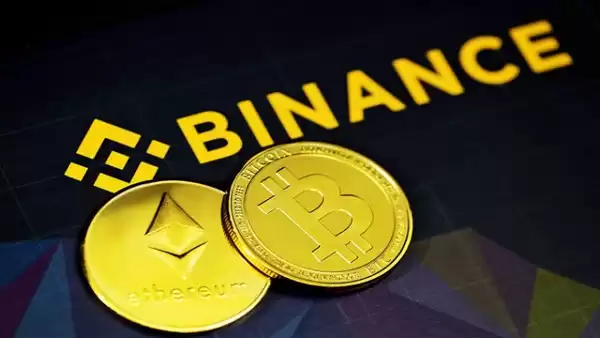
Tutorial on Stop Profit and Stop Loss of Binance Perpetual Contract
Introduction
In the world of cryptocurrency trading, Binance perpetual contracts have become increasingly popular due to their high leverage options and the ability to hedge against price risks. However, managing the risks associated with such contracts is crucial for successful trading. Stop profit and stop loss orders are essential tools that can help traders protect their profits and limit their losses. This comprehensive guide will provide a detailed walkthrough of how to set up stop profit and stop loss orders on the Binance perpetual contract platform.
Step 1: Understanding Stop Profit and Stop Loss Orders
- Stop Profit Order: A stop profit order is a conditional order that automatically sells a portion of your position when the market price reaches a predetermined level, securing your profits.
- Stop Loss Order: A stop loss order is a conditional order that automatically buys or sells your position when the market price reaches a predetermined level, limiting your potential losses.
Step 2: Setting Up a Stop Profit Order
To set up a stop profit order:
- Navigate to the Binance Perpetual Contract trading page.
- Select the desired trading pair (e.g., BTCUSDT).
- In the "Order" section, select "Stop Profit" from the "Conditional" dropdown menu.
- Enter the trigger price at which you want the order to be executed.
- Enter the amount of the position you want to sell.
- Click the "Buy/Sell" button to place the order.
Step 3: Setting Up a Stop Loss Order
To set up a stop loss order:
- Follow steps 1 and 2 as described in "Setting Up a Stop Profit Order."
- Select "Stop Loss" from the "Conditional" dropdown menu.
- Enter the trigger price at which you want the order to be executed.
- Enter the amount of the position you want to buy/sell.
- Click the "Buy/Sell" button to place the order.
Step 4: Monitoring and Managing Stop Orders
Once your stop orders are placed, you can monitor their status by navigating to the "Orders" section of the Binance Perpetual Contract platform. Here, you can view the current price, trigger price, and execution amount of your orders. You can also cancel or modify your stop orders at any time.
Step 5: Tips for Using Stop Profit and Stop Loss Orders
- Set Realistic Targets: Determine appropriate profit and loss targets based on your risk tolerance and market analysis.
- Use Gradual Stop Loss: Instead of setting a single fixed stop loss, consider using a trailing stop loss that adjusts dynamically based on price.
- Monitor Price Action: Keep an eye on the market price and be prepared to adjust your stop orders as needed.
- Practice on Demo Account: Practice placing stop orders using a demo account before implementing them in live trading.
Additional Information
- Stop profit and stop loss orders can be used for both entering and exiting trades.
- You can set multiple stop orders at different price levels to manage risk more effectively.
- The Binance Perpetual Contract platform offers a range of advanced order types, including OCO (one-cancels-the-other) and Take Profit & Stop Loss.
Disclaimer:info@kdj.com
The information provided is not trading advice. kdj.com does not assume any responsibility for any investments made based on the information provided in this article. Cryptocurrencies are highly volatile and it is highly recommended that you invest with caution after thorough research!
If you believe that the content used on this website infringes your copyright, please contact us immediately (info@kdj.com) and we will delete it promptly.
- Pi Coin's dApp and AI Potential: Building a Decentralized Future
- 2025-08-08 02:30:12
- Bitcoin, Greenidge, and Liquidity: Navigating the Crypto Currents in NYC
- 2025-08-08 02:30:12
- Crypto Phishing Alert: $3 Million USDT Loss Highlights DeFi Risks
- 2025-08-08 01:10:12
- Crypto Presale Mania: Is Punisher Coin the High ROI King?
- 2025-08-08 01:10:12
- Online Betting, Platforms & Crypto Access: What's Hot in 2025
- 2025-08-08 00:50:12
- Layer Brett: The Meme Coin Primed for 100x Gains?
- 2025-08-08 01:50:12
Related knowledge
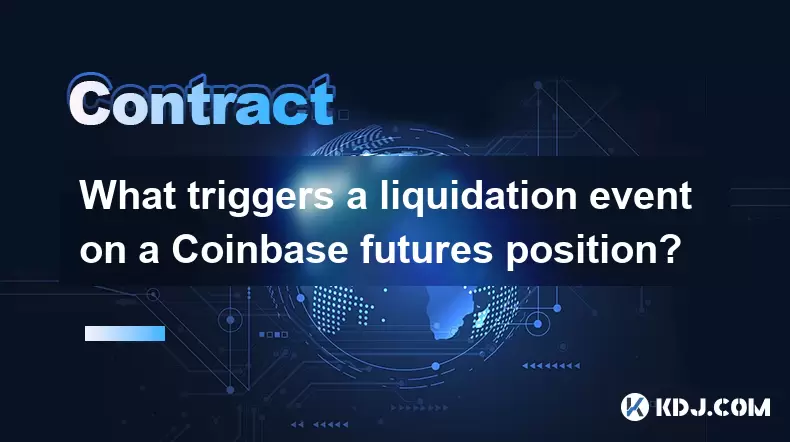
What triggers a liquidation event on a Coinbase futures position?
Aug 08,2025 at 01:15am
Understanding Futures Contracts on CoinbaseFutures contracts on Coinbase allow traders to speculate on the future price of a cryptocurrency, such as B...
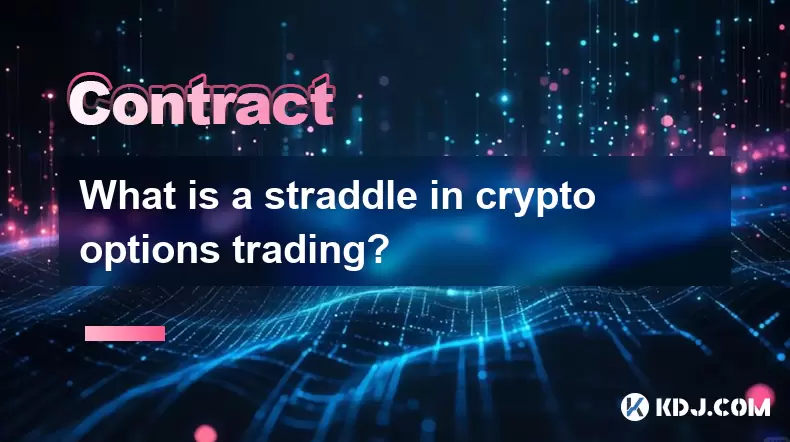
What is a straddle in crypto options trading?
Aug 07,2025 at 11:15pm
Understanding the Basics of a Straddle in Crypto OptionsA straddle is an options trading strategy used when a trader expects significant price movemen...
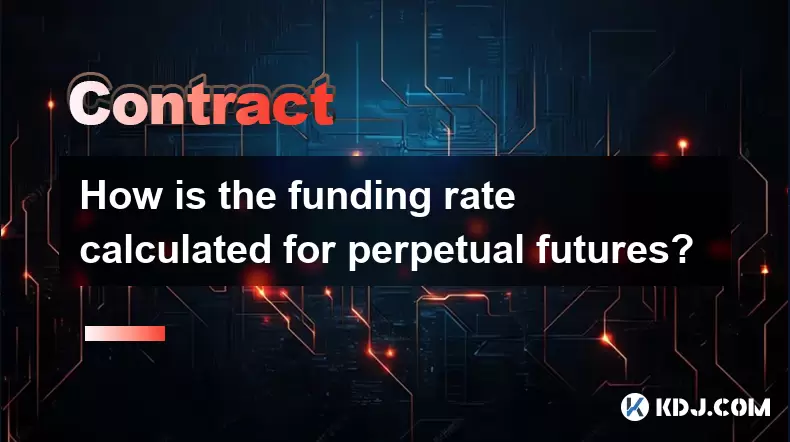
How is the funding rate calculated for perpetual futures?
Aug 07,2025 at 11:36pm
Understanding the Basics of Perpetual FuturesPerpetual futures are a type of derivative contract that does not have an expiration date, allowing trade...
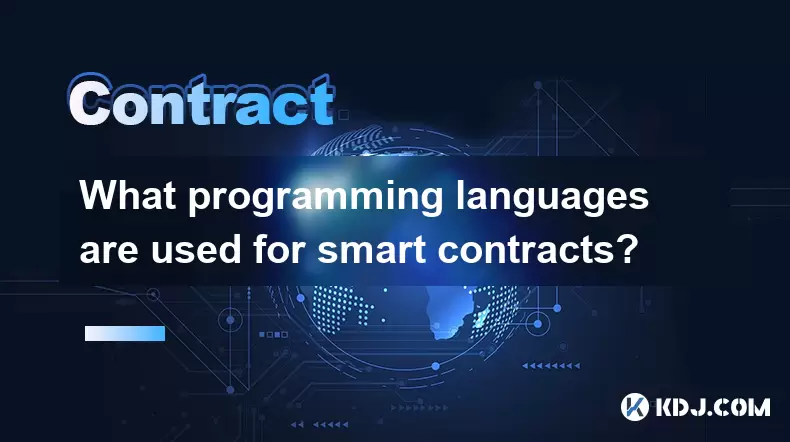
What programming languages are used for smart contracts?
Aug 07,2025 at 06:07pm
Understanding Smart Contracts and Their Execution EnvironmentSmart contracts are self-executing programs deployed on blockchain networks that automati...
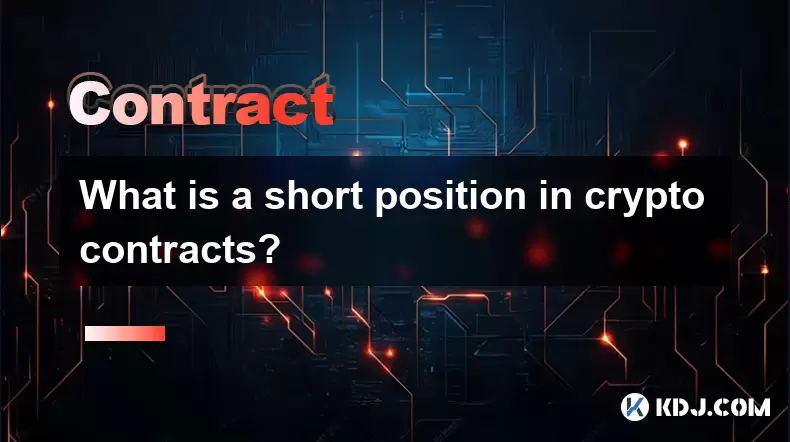
What is a short position in crypto contracts?
Aug 07,2025 at 11:42pm
Understanding the Concept of a Short Position in Crypto ContractsA short position in crypto contracts refers to a trading strategy where a trader prof...
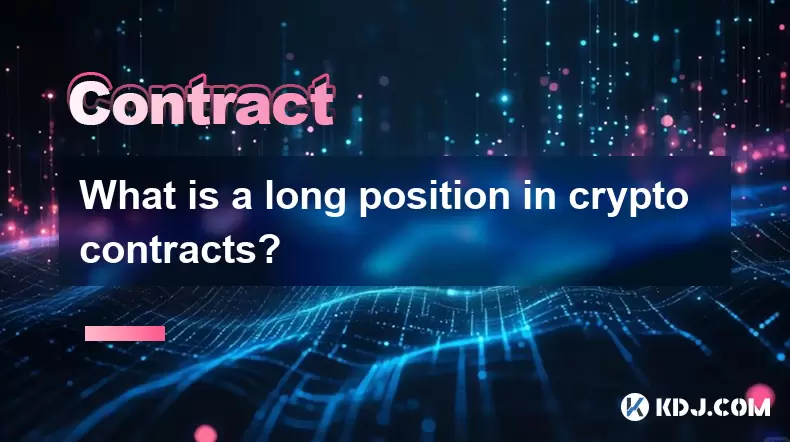
What is a long position in crypto contracts?
Aug 07,2025 at 06:29pm
Understanding the Concept of a Long Position in Crypto ContractsA long position in crypto contracts refers to a trading strategy where a trader buys a...

What triggers a liquidation event on a Coinbase futures position?
Aug 08,2025 at 01:15am
Understanding Futures Contracts on CoinbaseFutures contracts on Coinbase allow traders to speculate on the future price of a cryptocurrency, such as B...

What is a straddle in crypto options trading?
Aug 07,2025 at 11:15pm
Understanding the Basics of a Straddle in Crypto OptionsA straddle is an options trading strategy used when a trader expects significant price movemen...

How is the funding rate calculated for perpetual futures?
Aug 07,2025 at 11:36pm
Understanding the Basics of Perpetual FuturesPerpetual futures are a type of derivative contract that does not have an expiration date, allowing trade...

What programming languages are used for smart contracts?
Aug 07,2025 at 06:07pm
Understanding Smart Contracts and Their Execution EnvironmentSmart contracts are self-executing programs deployed on blockchain networks that automati...

What is a short position in crypto contracts?
Aug 07,2025 at 11:42pm
Understanding the Concept of a Short Position in Crypto ContractsA short position in crypto contracts refers to a trading strategy where a trader prof...

What is a long position in crypto contracts?
Aug 07,2025 at 06:29pm
Understanding the Concept of a Long Position in Crypto ContractsA long position in crypto contracts refers to a trading strategy where a trader buys a...
See all articles

























































































